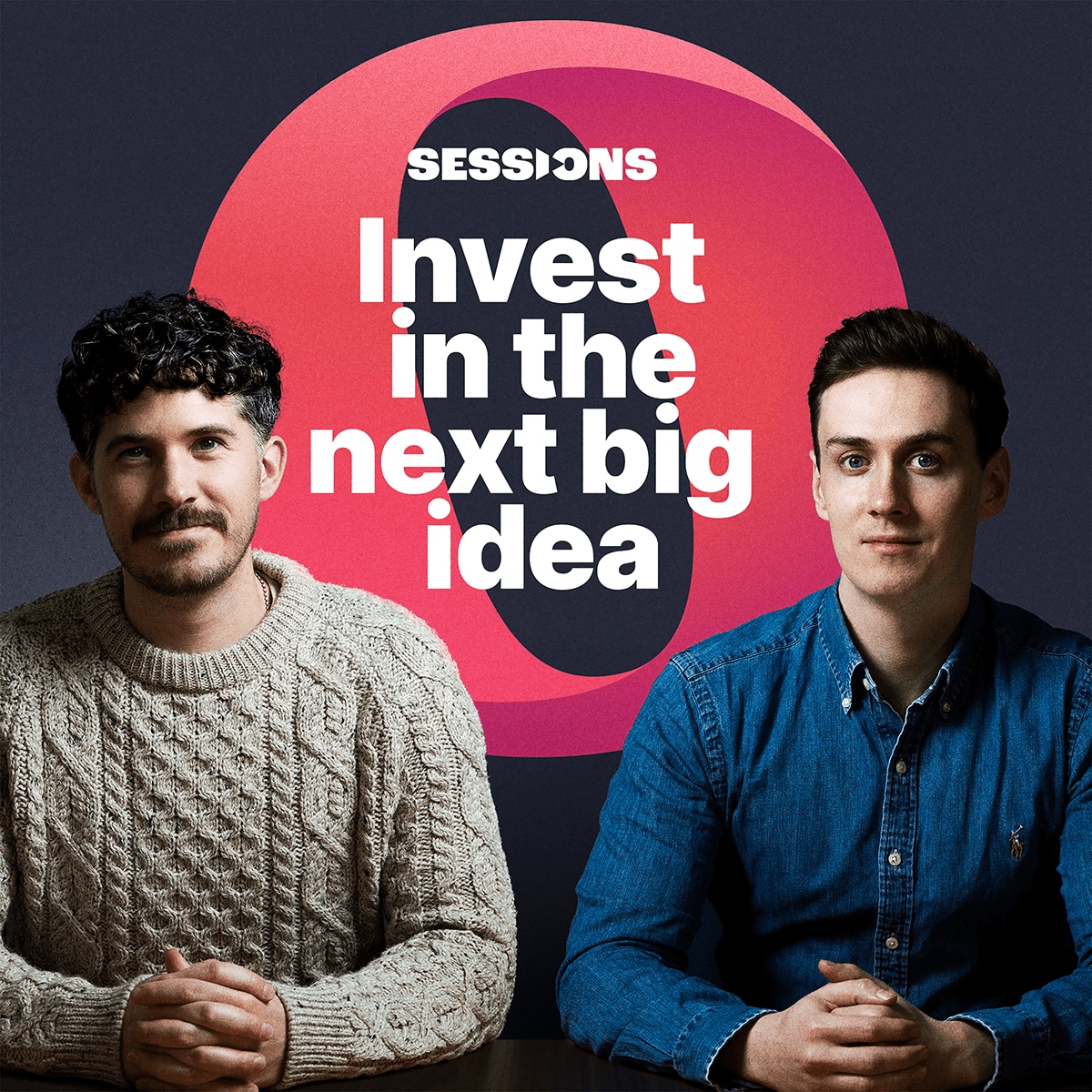As chief executive and chief investment officer of Morgan Creek Capital Management and managing partner at Morgan Creek Digital Assets, Mark Yusko knows a thing or two about investing in digital assets.
Yusko’s reputation as an alternative thinker has got him to the position in which he is now, where he manages close to $2bn in discretionary and non-discretionary assets. It’s not surprising then that a cornerstone of Morgan Creek’s investment philosophy is investing in innovation.
Listen to the interview:
This is one of the many topics that Yusko explored in the most recent episode of Opto Sessions. As the managing partner of Morgan Creek Digital Assets, is perfectly placed to discuss arguably one of the most prevalent and disruptive examples of innovation in recent times — digital assets.
“So, the short version is: I do believe that we are transitioning from the analogue age through the electronic age into the digital age,” Yusko states.
“I do believe that we are transitioning from the analogue age through the electronic age into the digital age”
In the old days, Yusko explains, individuals would exchange pieces of money for things like stock certificates, bonds or real estate titles. This then transferred into electronic form, with people trading CUSIPS (nine-digit codes identifying a range of North American financial instruments).
And then, there’s what is happening now.
“Ultimately, we’re going to have digital ownership [in which] every asset, every stock, every bond, every currency, every commodity, every piece of art, every piece of real estate, every private business, every everything will be digitised or tokenised,” Yusko says.
This will allow trading to occur 24 hours a day, seven days a week, so no longer will there be closed markets. Furthermore, this will be global and without borders. Yusko considers these factors a massive deal. He also explains that this is going to create an awful lot of wealth.
“The best way I can get people to visually see this concept … [is to] think about a parabolic curve, an exponential growth curve,” Yusko says.
“The best way I can get people to visually see this concept … [is to] think about a parabolic curve, an exponential growth curve”
“It starts on the left-hand side of the upper north-west quadrant of a graph, and it basically runs parallel to the X-axis. Then it starts to bend upward as it approaches the Y-axis, and then it goes basically parabolic, or vertical, against the Y-axis.
“The internet — web 1.0 — is the area under the curve on the left-hand side. Basically, where the parabolic curve is parallel to the X-axis. If you looked at that area under that curve, you’d say: ‘Oh well, it’s not even that much’. Well, that was Intel [INTC], and Microsoft [MSFT] and Cisco [CSCO] — a pretty decent amount of wealth,” Yusko considers.
“As you go towards the middle of that north-west quadrant, you start to get to the bend of the curve, and the area under the curve gets a little bit bigger. That is web 2.0 — for example, Amazon [AMZN] and Netflix [NFLX] and Alibaba [BABA],” Yusko continues.
“The area under the curve of web 2.0 is actually bigger and the wealth creation was bigger. But web 3.0, which is the blockchain era, is the area under the curve on the right-hand side of the north-west quadrant,” he says.
“This is where that parabola starts going vertical against the Y-axis, and that area is pretty darn big. In fact, you could argue that it’s unlimited,” Yusko considers.
“This is where that parabola starts going vertical against the Y-axis, and that area is pretty darn big. In fact, you could argue that it’s unlimited”
“I mean, this is bigger and will be bigger than any of us can imagine.”
The most well-known aspect of this new development is the prevalence of cryptocurrencies, and within that space blockchain currently rules the roost.
Within this, Yusko has been garnering a lot of attention recently with a point he’s made recently on Twitter [TWTR]. The hashtag TwoPointOneQuadrillion really helps to hammer home the enormity of the potential opportunity.
But what does it mean?
“It’s interesting. I’ve left it out there so people will kind of think about it,” Yusko says.
“Basically, it’s the number of satoshis. If you take the 21 million Bitcoin and you divide it out into eight decimal places, you get 2.1 quadrillion potential ownership units,” he continues.
That is to say, Bitcoin in its entirety can be broken down into 2.1 quadrillion satoshis — that or 2.1 with 15 zeroes. This is currently the lowest denomination a person can have.
“I think, ultimately, we need to move away from Bitcoin as the unit of measure and get down to the satoshi level”
“I think, ultimately, we need to move away from Bitcoin as the unit of measure and get down to the satoshi level,” Yusko says. “We could change the code later if we really needed to — the community could vote to change that. But I don’t think we need more than 2.1 quadrillion — it’s a big number.”
To hear more of Yusko’s expertise on digital assets, as well as why and how he spots opportunities in early investments in innovation, listen to the full episode on Opto Sessions.
Or for more ways to listen:
Listen to the full interview and explore our past episodes on Opto Sessions.
Disclaimer Past performance is not a reliable indicator of future results.
CMC Markets is an execution-only service provider. The material (whether or not it states any opinions) is for general information purposes only, and does not take into account your personal circumstances or objectives. Nothing in this material is (or should be considered to be) financial, investment or other advice on which reliance should be placed. No opinion given in the material constitutes a recommendation by CMC Markets or the author that any particular investment, security, transaction or investment strategy is suitable for any specific person.
The material has not been prepared in accordance with legal requirements designed to promote the independence of investment research. Although we are not specifically prevented from dealing before providing this material, we do not seek to take advantage of the material prior to its dissemination.
CMC Markets does not endorse or offer opinion on the trading strategies used by the author. Their trading strategies do not guarantee any return and CMC Markets shall not be held responsible for any loss that you may incur, either directly or indirectly, arising from any investment based on any information contained herein.
*Tax treatment depends on individual circumstances and can change or may differ in a jurisdiction other than the UK.
Continue reading for FREE
- Includes free newsletter updates, unsubscribe anytime. Privacy policy


